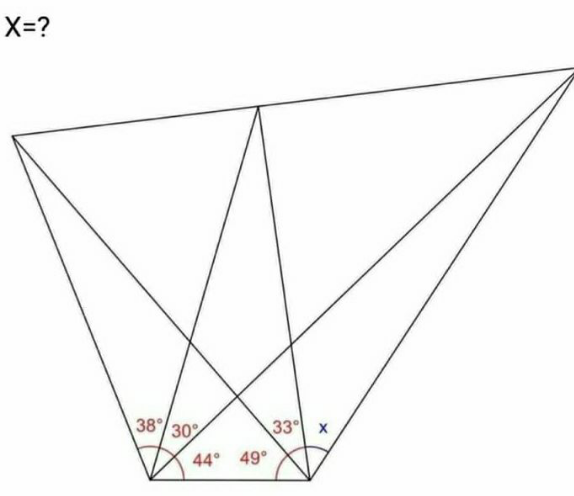
AllQuestion and Answers: Page 717
Question Number 146927 Answers: 1 Comments: 0

Question Number 146926 Answers: 1 Comments: 0

Question Number 146924 Answers: 1 Comments: 0
Question Number 146923 Answers: 1 Comments: 0
Question Number 146914 Answers: 2 Comments: 0
Question Number 146913 Answers: 1 Comments: 0
Question Number 146906 Answers: 0 Comments: 0

Question Number 147078 Answers: 0 Comments: 1

Question Number 146904 Answers: 0 Comments: 0
Question Number 146902 Answers: 1 Comments: 0
Question Number 146901 Answers: 1 Comments: 0
Question Number 146899 Answers: 1 Comments: 0
Question Number 146898 Answers: 2 Comments: 0
Question Number 146896 Answers: 2 Comments: 0
Question Number 146895 Answers: 1 Comments: 0
Question Number 146886 Answers: 1 Comments: 1

Question Number 146878 Answers: 0 Comments: 0
Question Number 146877 Answers: 0 Comments: 0
Question Number 146876 Answers: 1 Comments: 0
Question Number 146875 Answers: 0 Comments: 0
Question Number 146874 Answers: 0 Comments: 0
Question Number 146865 Answers: 1 Comments: 0
Question Number 146866 Answers: 1 Comments: 0
Question Number 146863 Answers: 1 Comments: 1

Question Number 146910 Answers: 1 Comments: 0

Question Number 146911 Answers: 0 Comments: 0
Pg 712 Pg 713 Pg 714 Pg 715 Pg 716 Pg 717 Pg 718 Pg 719 Pg 720 Pg 721
